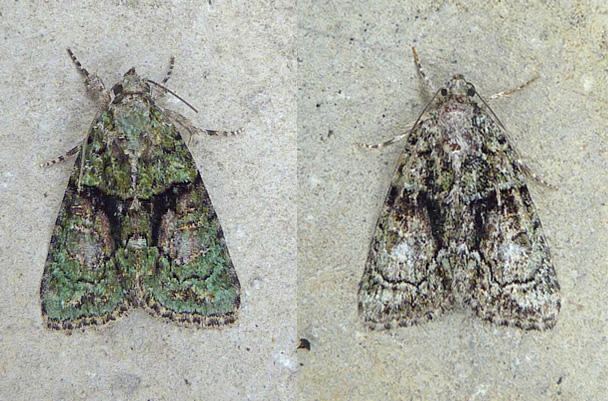Not Quite Dorset

I've just spent a week in Dorset with the family, in which the world of natural history was put to one side, apart from a single day when I took the coastal path out of Lyme Regis and headed westwards to meet a tall stranger with a penchant for Cadbury's Chocolate Buttons... I arrived at Seaton, just over the county boundary into Devon, where Gavin Haig (he of Not Quite Scilly fame) met me for a most enjoyable tour of the birding patch that he is lucky enough to have on his doorstep. The small band of regular birders (some of whom I ticked) have turned this sleepy edge of the county into a birding hot spot. We started at Seaton Hole, where we viewed the very bushes that were once haunted by a Hume's Warbler, while scoffing Lemon Sponge Cake and a mug of coffee - us that is, not the warbler. From here we could also gaze along the cliffs to Beer Head, the site of yet more birding successes. The jewel in the crown of the area must be Black Hole Marsh (above), a recent...












